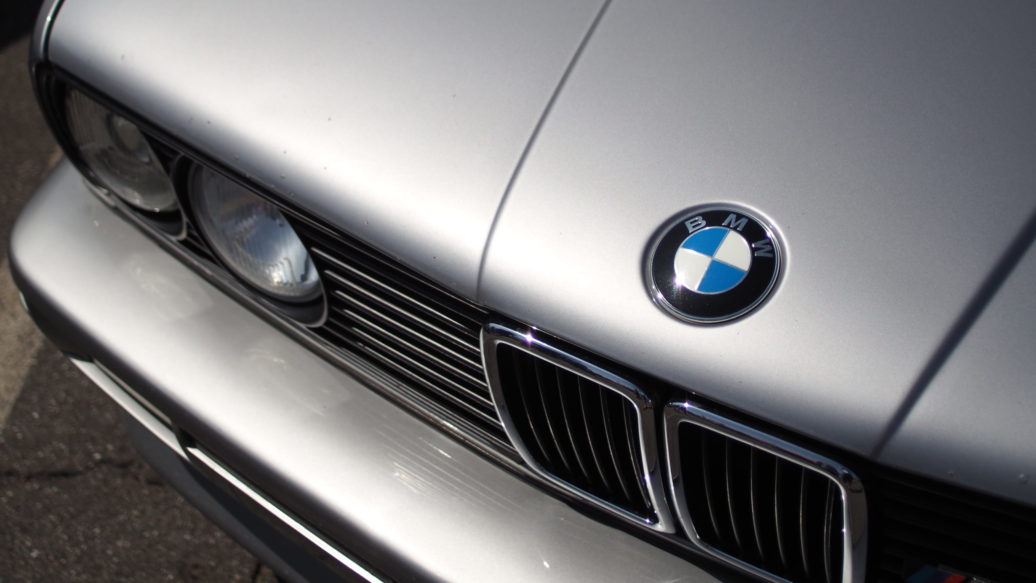Occasionally I miss the days when I was still in the learning phase of the car-ownership-and-enthusiasm experience. There are plenty of modifications that I would never perform again, and a handful of cars that I regret selling, but really, it’s the blissful naïveté that I crave.
The trouble with being a relatively well-versed automotive enthusiast is that you develop a keen sense when something might be wrong—or rather, when something isn’t quite right—with a car. Too much knowing can indeed be a dangerous thing.
If you’re my side of the personality spectrum, and you tend to obsess over things, this condition, left unchecked, can effectively ruin the experience of owning a car. It can also prevent you from considering owning others, if you really let it get a hold on you. I am not that far down the hole, but I’d be lying if I said there weren’t cars that I was just sick of by the time I sold them.
It wasn’t that these cars seemed like they disliked me, and kept breaking as if on purpose, but the laundry list of problems and flaws was growing as opposed to shrinking (or at least being kept in check). On the other hand, I’ve also had cars so worn out that any work I performed yielded strong benefit, and it was fun to keep them going.
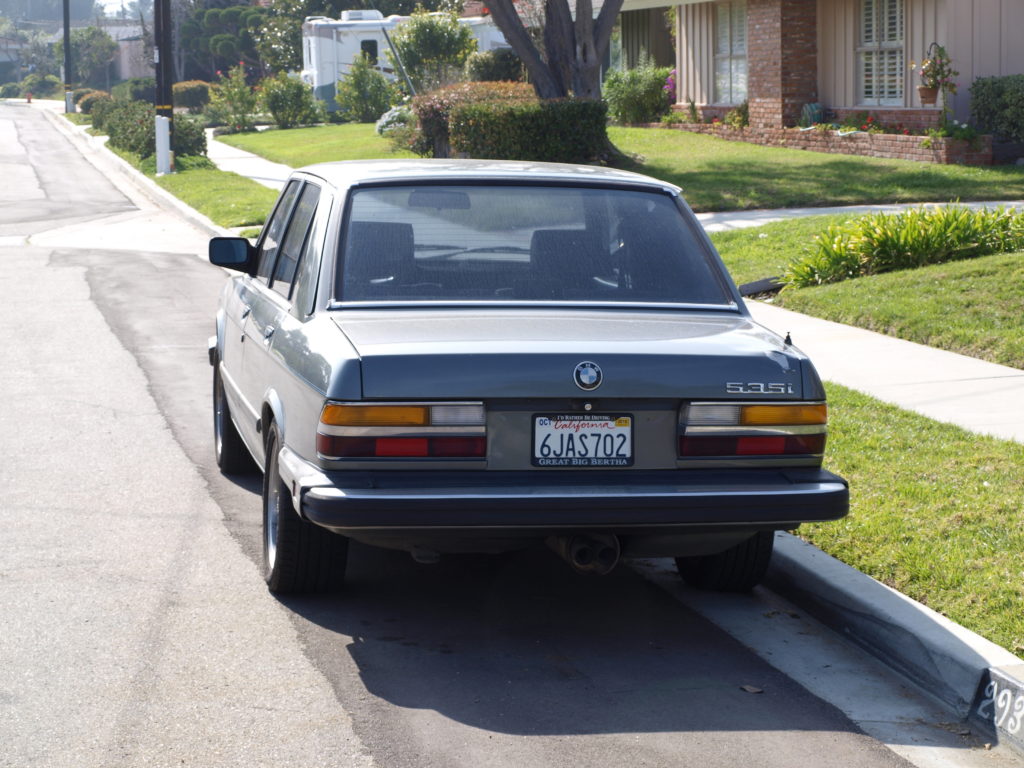
Some cars are so far gone that any work that keeps them going has a strong and exceptionally satisfying payback.
None of this is to say that I don’t put my cars through their paces. Once the oil is warm, they all see redline fairly often, and most are maintained in such a way that I wouldn’t hesitate to jump in and drive across the country. My problem, more specifically, is that once I’ve shelled out for fresh bushings, mounts, dampers, and all of the other odds and ends, I become hypersensitive to whether or not I’m prematurely destroying them while driving over the crumbling roads in my area.
As irrational as it sounds, there’s some benefit to this oversensitivity and worrying about breaking things. I’ve bent at least three wheels on two different cars by inadvertently hitting potholes over the years. One of those episodes resulted in a bubbled run-flat tire, and may have taken out a control-arm bushing in the process, while the other resulted in two wheels getting bent at once over the same pothole.
Which just isn’t fair.
It seems to me that most of the BMWs I’ve owned have had bent wheels, and no amount of balancing eliminates all of the vibration—which drives me insane. Buying a new set of wheels seems like the obvious solution, until you bend one of those, too.
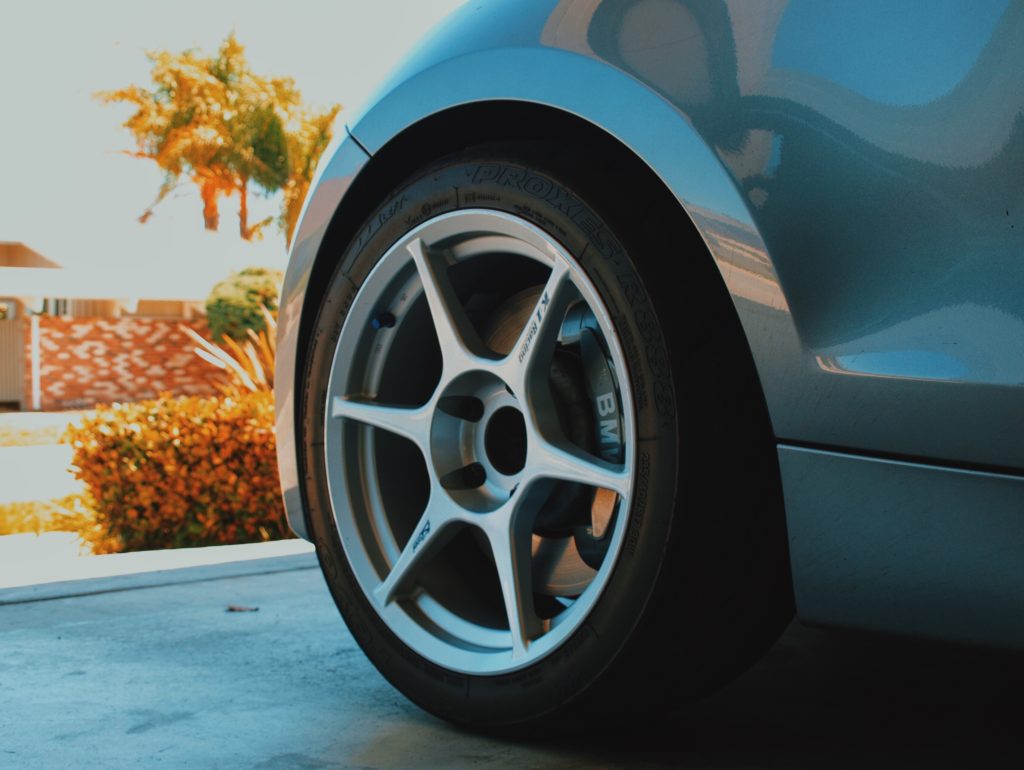
Those big Brembo calipers might look nice, but apparently they retain quite a bit of heat.
I’ve had a similar problem with brakes. It seems almost inevitable to experience warped rotors; I’ve had them on a car I bought certified pre-owned, and I’ve certainly caused them myself. Right now my two primary cars both have warped rotors, and I’m considering getting my next sets cryogenically treated before I install them, since I’ve found a local shop specializing in such work.
My theory has something to do with rust forming on the rotors after I wash the cars, and of course my driving style, which has resulted in hot spots, overall glazing, and the aforementioned warping.
There was a time when I wasn’t overly concerned with the condition of the running gear of my cars. In reality, however, I’ve gone through phases. When I was a one-car guy, and I was subjected to the same driving experience day in and day out, things began to wear on me. Having multiple cars alleviated the problem to a degree, until I undertook the task of dialing in one car after the other. Once I’ve spent the money on fresh components, and either the time or money to put them on or have them installed, (and, of course, the inevitable subsequent alignment), I can become quite frustrated when things aren’t exactly right.
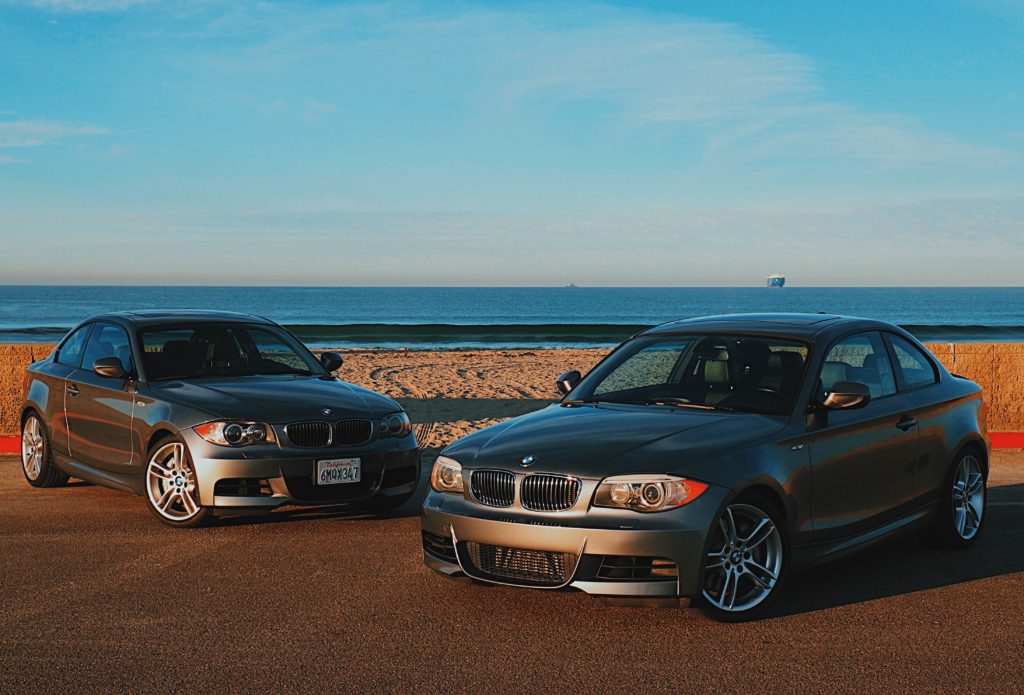
Some cars, even essentially identical examples of the same model, can feel quite different in the real world. I guess it depends on the day they were made.
Sometimes, depending on the age and overall condition of a car, and its previous life, things will never be truly right. It would either cost too much or require a new chassis or frame, and there’s no guarantee that one of those would be right, either. Cars in this condition—and there are plenty of them—aren’t inherently bad, but it’s important to temper my expectations to reflect reality. Embarking on a restoration very rarely translates into money well spent, but it’s also easy to fall down the rabbit hole of trying to get things to behave and feel as they supposedly should.
If you’re like me, that can result in your getting sick of a car.
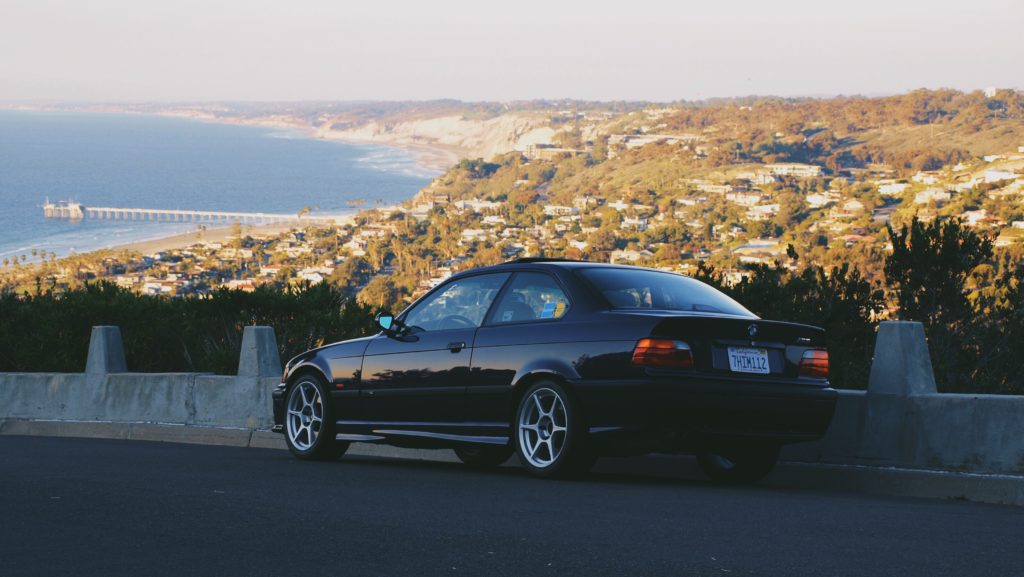
My Techno Violet 1999 M3 started off as a cool project, but it eventually irritated me with its crumbling plastic interior bits, among other nagging issues. It was still a great drive, however.
Purchasing something newer, with lower mileage, has worked to mitigate many of these stressors for me, but it’s still not always a guarantor that things will be as they should. In fact, I’ve driven higher-mileage examples of similar cars and found them to be more true to form than some of the untouched originals out there. It’s almost as if certain cars build character when they’re driven, and the wear and mileage shouldn’t be seen as detriments—and that’s not to mention value of the experiences we collect along the way.
Regardless, I’ve also watched plenty of car resurrections on YouTube over the years, and wondered how some of these cars—many of which were abused almost beyond the point of being worth fixing—actually drive and feel once all of the work is done, and they’re restored to something resembling their former glory.
The final element of being an automotive hypochondriac of sorts is that whether or not I do the work myself, regardless of the age of the car, and no matter what I’ve spent over my period of ownership, there comes a point when it’s simply time to move on.
The next step? I embark on the multitude of tasks that any new-car purchase entails for those of us engaged in the hobby, and prepare to learn the unique eccentricities and nuances of yet another complex machine. It always takes me at least a year or two to get sick of a new one, and by then I’m looking at the old ones through rose-tinted glasses.
There is a solution to all of this, however: Just drive the damn thing.—Alex Tock
[Photos courtesy Alex Tock.]

